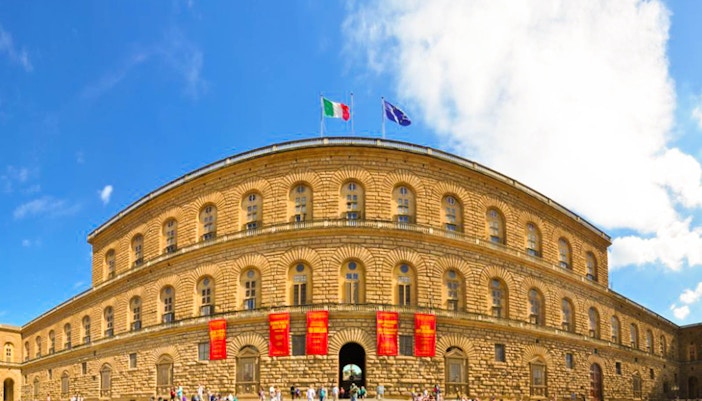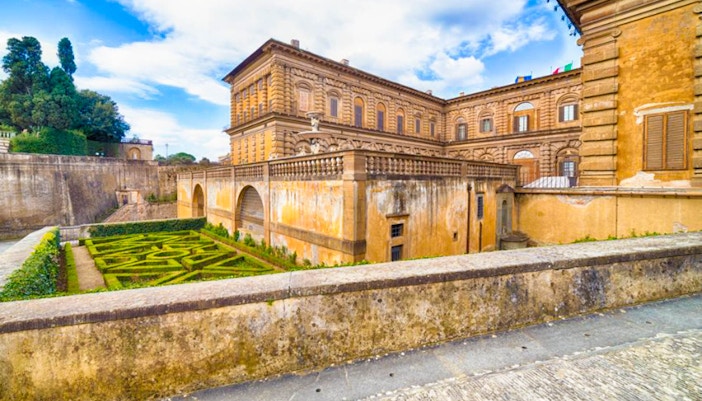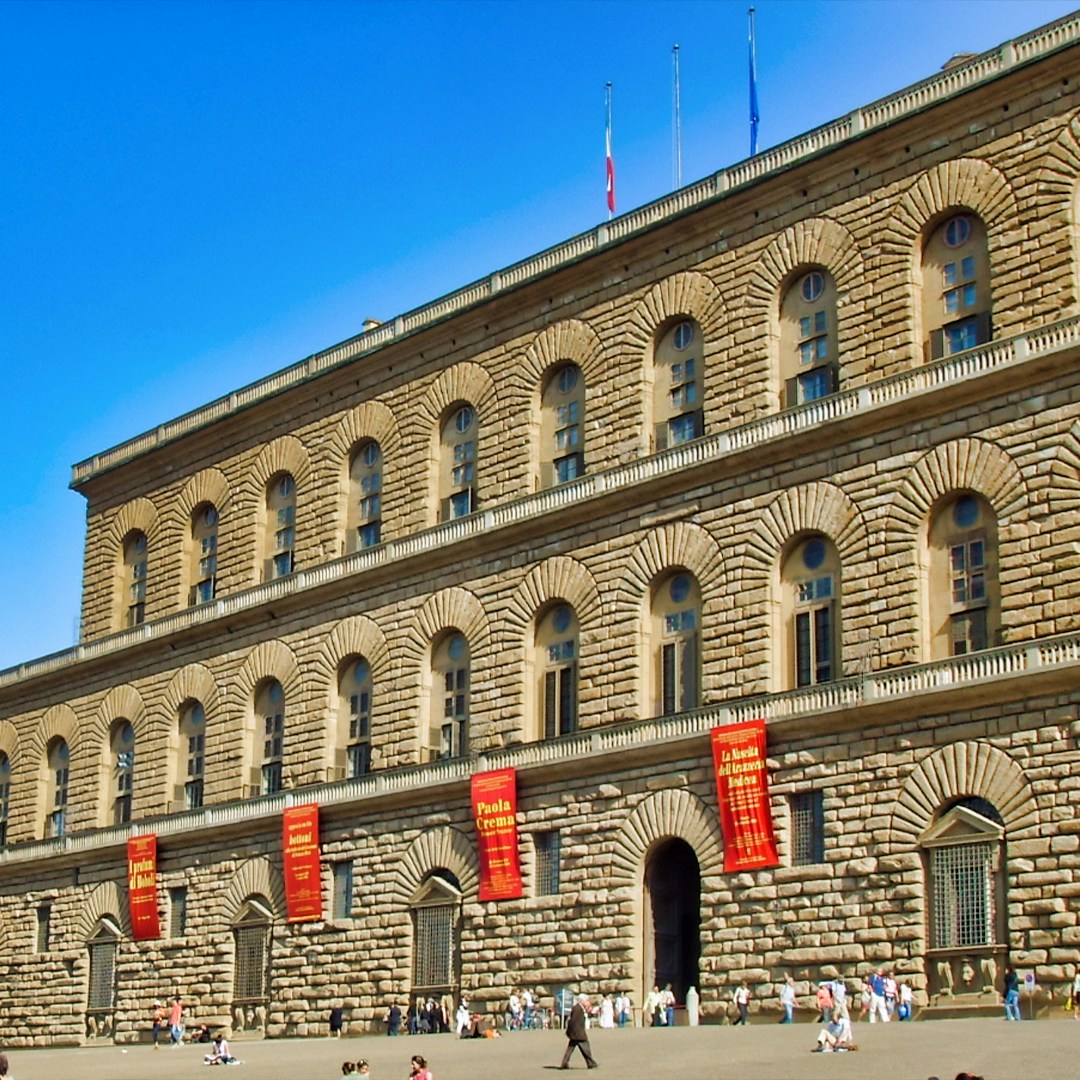Why is the Pitti Palace a must-visit attraction?
Pitti Palace and Boboli Gardens offer a seamless journey through art, history, and nature, making them a must-visit in Florence. Once the residence of the powerful Medici family, the palace houses opulent rooms, stunning galleries, and masterpieces by Renaissance and Baroque artists. Walking through its halls, you’ll encounter grand architecture, lavish interiors, and centuries of Italian art and culture.
Step outside into the Boboli Gardens, a vast green oasis of fountains, sculptures, and hidden corners. Stroll along tree-lined avenues and terraces that offer panoramic views of Florence, discovering serene spots where art and nature meet. Together, the palace and gardens provide a unique combination of urban elegance and outdoor beauty—perfect for history enthusiasts, art lovers, and anyone looking to experience the grandeur of Florence in one immersive visit.













